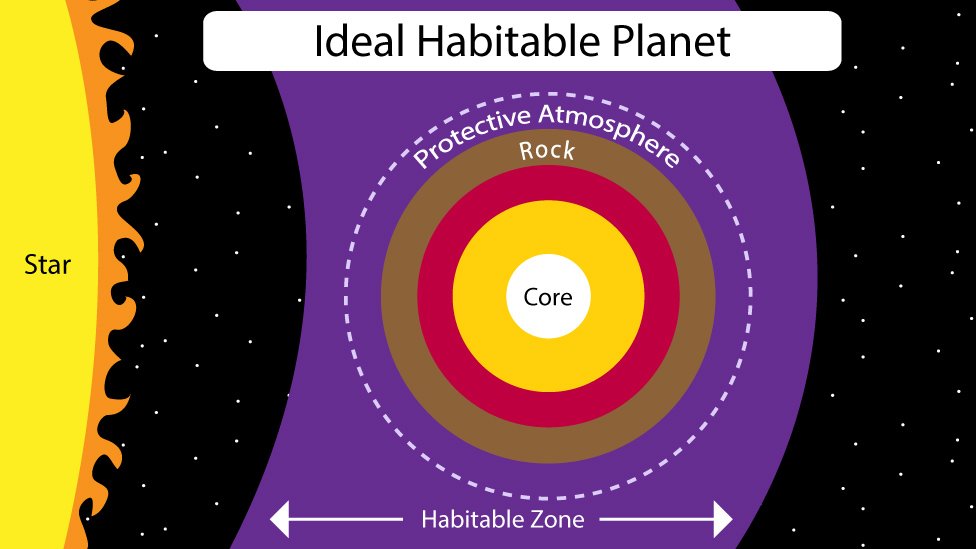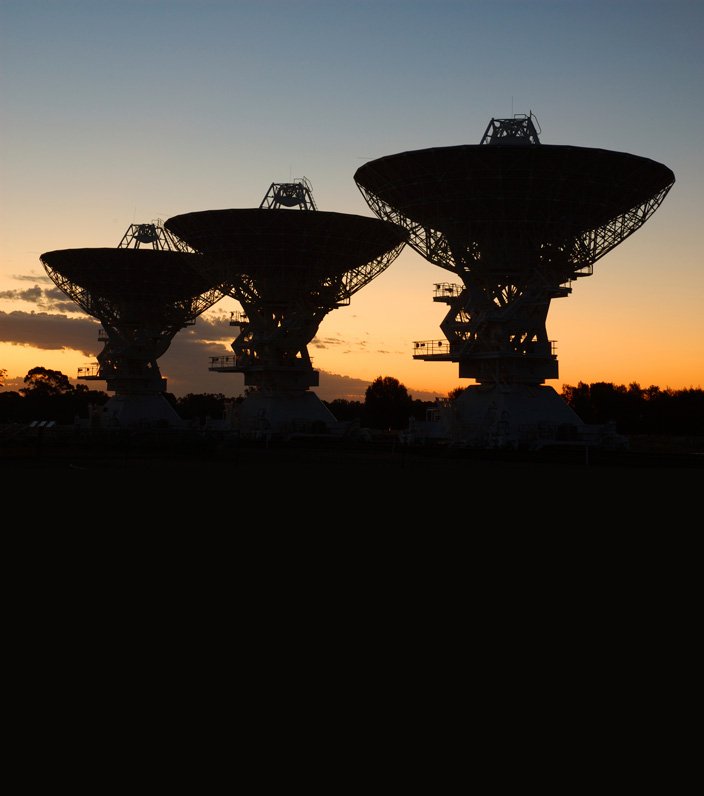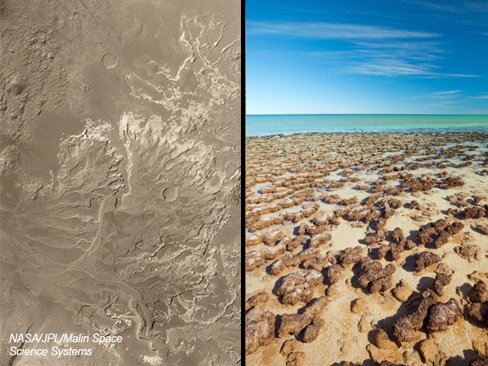Conditions That Support Life
What makes a planet habitable?

NASA's Kepler Mission is looking for habitable planets in our neighborhood of the Milky Way. Using theironline tool, you can help NASA in their search for new planets.
Even if we assume any habitable planet must be Earth-like (and it may not be), chances are we're not alone. Astrobiologists estimate that the Milky Way has 500 habitable planets, which fit the following criteria:
- They're a comfortable distance away from a star similar to our sun. That is, they're far enough away to be out of the heavy heat and radiation zone, but not so far that they're extremely cold. This just-right distance is called the "habitable zone."
- They're made of rock. Jupiter, Saturn, and Uranus in our solar system are made of gases, so we don't expect life to be able to survive there.
- They're big enough to have a molten core. Earth's core gives us a source of geothermal energy, it allows cycling of raw materials, and it sets up a magnetic field around the planet that protects us from radiation. Mars probably had a hot liquid core at one time, but because it's a smaller planet its heat dissipated more quickly.
- They are good candidates for having a protective atmosphere. The atmosphere holds carbon dioxide and other gases that keep the planet warm and protect its surface from radiation.
What about intelligent life?
Even today, most Earth life is microbial. And microbes have been here for at least 3.5 billion yearsa very long time when you consider that the first rocks formed about 3.8 billion years ago. Given the number of potentially habitable planets within our home galaxy, chances are good that microbial life exists elsewhere.
Whether more-complex life forms like plants and insects exist elsewhere is a bigger question. For 2.9 billion years or so, all life on Earth was microscopic. Multicellular, macroscopic algae and animals came onto the scene about 600 million years ago. That's about 17% of the total time that life has existed on Earth.
It's very hard to say how likely we are to find other intelligent life forms. The oldest fossils of our species, Homo sapiens, are less than 200,000 years old. That's a geological microsecond, just 0.000057% of the time microbes have been around. If, like on Earth, intelligent life takes much longer to evolve than microbial life, it might be rare. But some galaxies and solar systems are much older than ours, so maybe other intelligent life has formed; however, it may be long dead. Finding living intelligent beings is a matter of both space and time.

Looking for signs of life past or present

(Left) Evidence that there may have once been liquid water on the surface of mars.
(Right) Fossilized remains of underwater colonies of bacteria, called stromatolytes.
Just as conditions on Earth have changed drastically over time, so have conditions on other planets. When astrobiologists evaluate a planet, they look not just at its current conditions, but for signs that it could have been habitable in the past.
Liquid water leaves behind a kind of footprint. Mars, for example, has what looks like dry river and lake beds, making astrobiologists wonder if the cold, dry planet could have once been covered with life. If it was, there may be enough remaining liquid water to sustain microbial life deep underground or under the frozen ice caps.
Living things change their environment, leaving behind certain physical and chemical signatures. Even a planet that is lifeless today could have fossil evidence of ancient life forms. Fossils and chemical remnants can tell us a lot about what extinct life might have looked like.